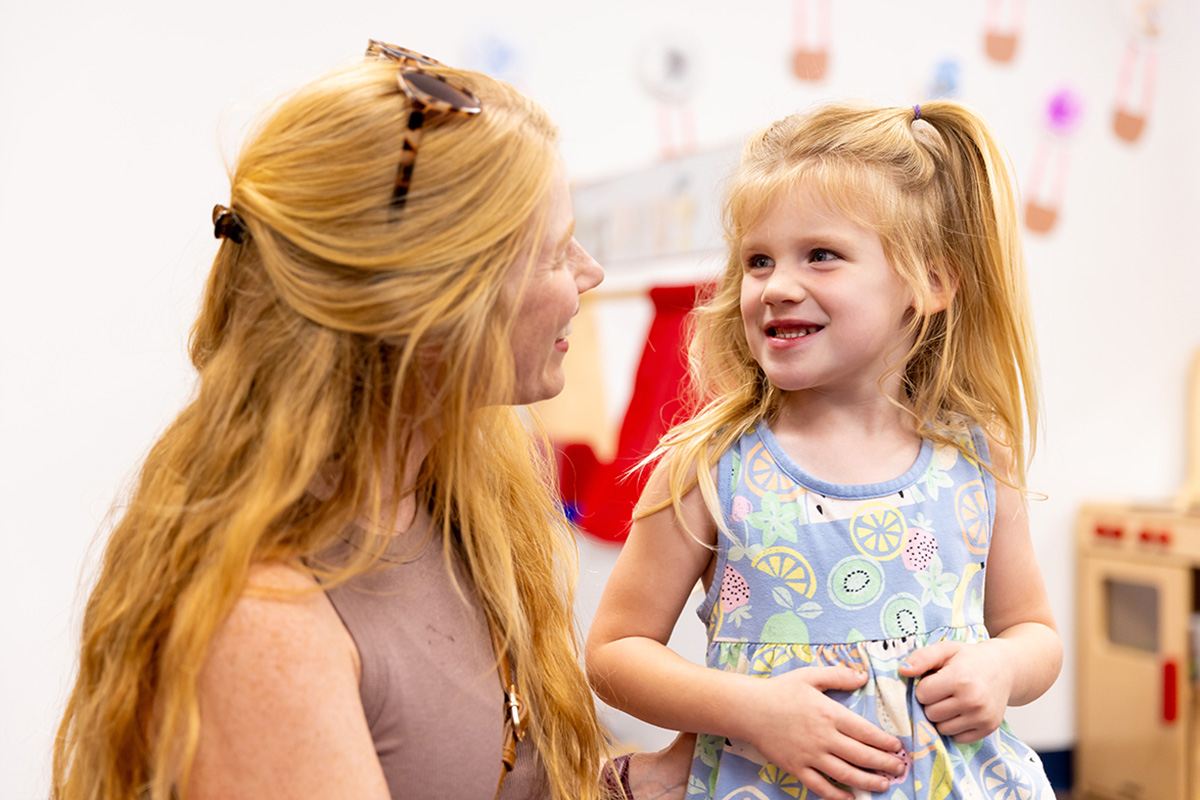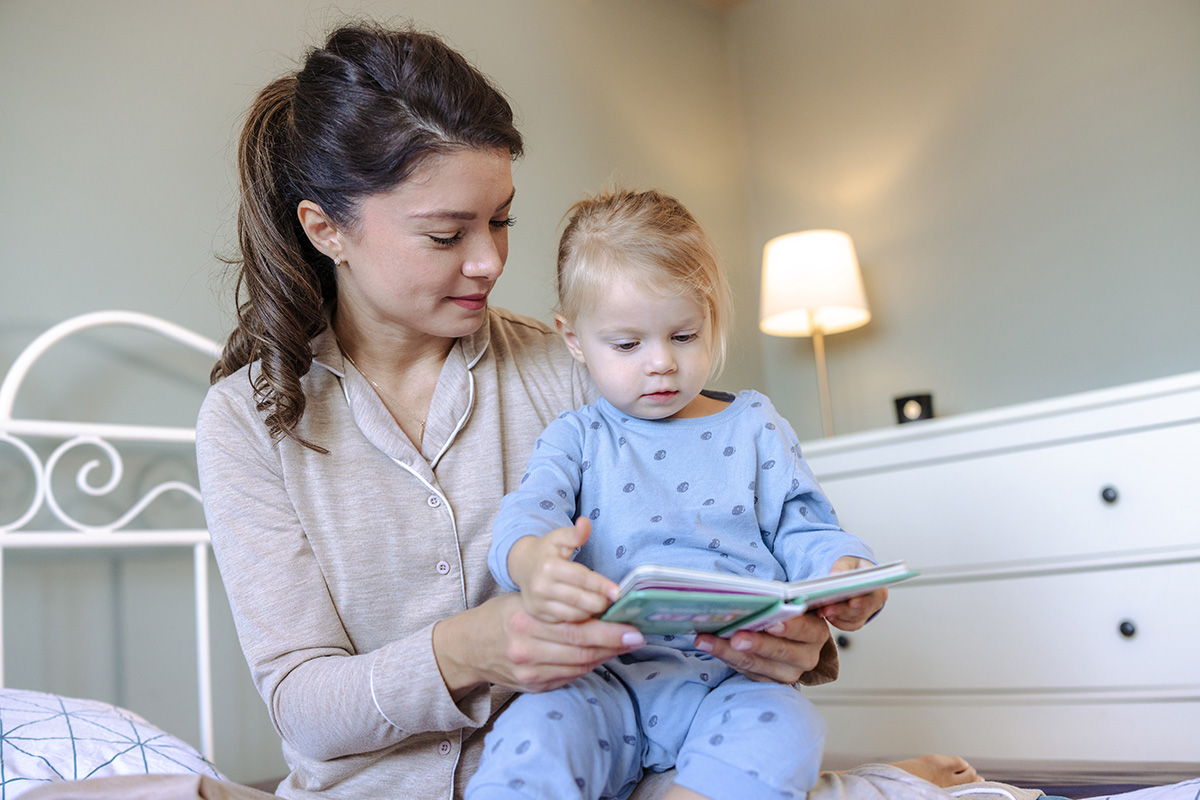Children should begin to learn to respect limits from a young age. Most boundaries for children are set for health and safety reasons and are a very important and necessary developmental tool. Children are corrected every day, which can lead them to simply “tune out” any perceived negativity or become uncooperative. Regardless of their age, most people respond better to positive communication. This is especially true for children. For example, “Grandma is worried about us getting stains on her couch. Let’s enjoy our snack in her kitchen instead,” will generate more cooperation than “No food or drinks in Grandma’s living room.”
Try telling your child what they can do instead of what they can’t. Practice the positive alternatives below to avoid overusing the word “no” while maintaining reasonable limits.
- “Maybe later” can work to delay a request such as snacks before mealtime.
- “Not today” communicates that the timing is wrong but leaves the possibility open.
- “When we’ve done (this), then we can do (that).” This method is good for transition times and to help children establish event routines. For example, “When all of your toys are put away, we can go play at the park.”
- “I’ll think about it” replaces an automatic “no” by allowing yourself the time to think about your determination. Parents tend to make better decisions when they take the time to think about the request and their response.
- “Yes (with qualifier).” This strategy grants conditional permission. For example, “Yes, you may play the game after we eat dinner.”




